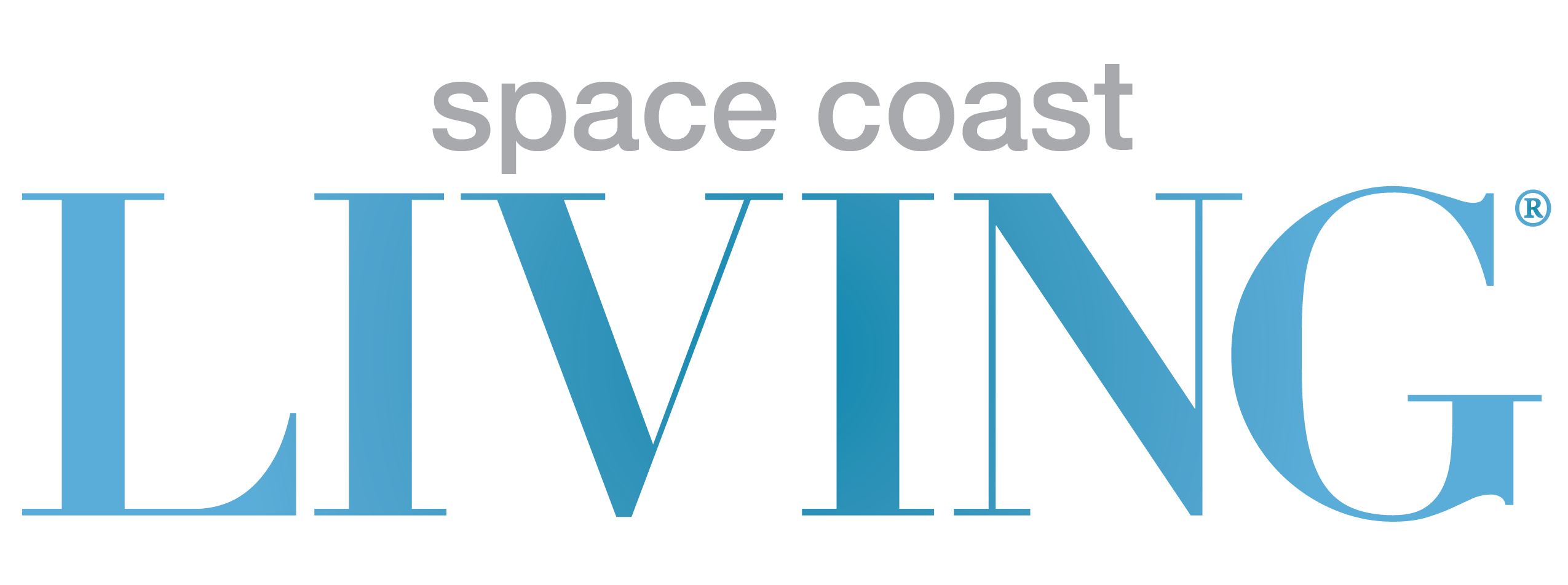Buying a home can be tricky, especially if it’s your first time. But, armed with the right information and some timely tips, you can successfully navigate these waters. Learn about the top three mistakes that first-time homebuyers make along with some seasoned advice from Richard Bradbury, branch manager of Prime Lending in Melbourne.
The English, ex-patriot has called Brevard County home for more than 25 years. He is drawing on nearly 20 years of mortgage lending experience with three major banks to provide mortgages for his clients without any obstacles. He is on the front lines of a push to bring Prime Lending, the nation’s fourth leading lender of home purchases in 2012, to all points south of Jacksonville.
Not Knowing Your Credit Score
Assuming you plan to apply for a home loan in order to buy a house (versus paying for it entirely in cash), your credit score is the most important number you will need to know before starting the home-buying process.
Your credit score is commonly called the FICO® Score. It ranges from 300 (very poor) to 850 (excellent) and is calculated according to the following risk factors: payment history (35 percent of score); amounts owed on your accounts (30 percent of score); length of your credit history (15 percent of score); new credit and inquiries (10 percent of score); and the types of credit you have (10 percent of score).
The FICO Score summarizes your credit risk. Lenders use it to make credit decisions, such as the interest rate you get when you apply for a loan. If you want to get approved for a home loan, you cannot ignore your credit score because the lower your score, the
higher the interest rate you will pay on the loan.
Start by obtaining a complete copy of your credit report from the three leading reporting agencies – Experian, Equifax and TransUnion.
Review your credit closely, specifically searching for errors. If you encounter mistakes, write out exactly what should be corrected and why. You are able to add 100 words or less to reports on questioned items.
Another way to raise your credit score is to pay down revolving debt balances to 30 percent of the available credit.
Not Getting Prequalified for a Home Loan
When you prequalify for a mortgage, the lender will calculate the approximate amount you will be able to borrow, based on the information you provide on your current income, assets and debt during the last two years. Keep in mind that the prequalification process is not an in-depth analysis of your financial situation; it merely provides you with a suggested price range based on the financial information you provide.
Prequalifying saves you time by providing you with a realistic price range you can afford. In this way, you will be able to manage expectations and make an appropriate choice based on facts, not fantasy. After all, there’s no sense in buying a “dream home” if it ends up becoming a nightmare because you can’t afford it.
Getting prequalified gives you an advantage over homebuyers who are not prequalified when multiple offers are made on a home. Be prepared with a prequalification letter. Most home sellers consider offers with prequalification letters before those without.
Not Budgeting for Maintenance and Repairs
A major mistake that many first-time homebuyers make is that they underestimate the expenses that come with homeownership. You can count on having to make maintenance and repairs more often than every month. In addition to fairly minor expenses there will be major costs such as paying for a new roof or having a new A/C unit installed. A good way to be prepared for all these expenses is to save about two percent of the home’s purchase price as a maintenance fund.





